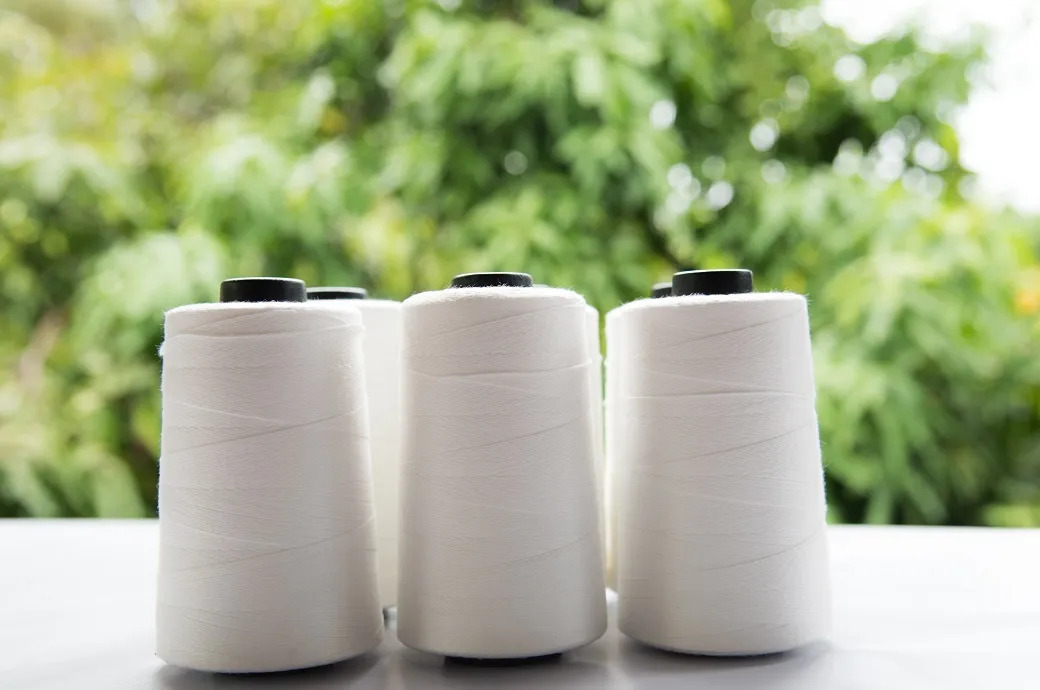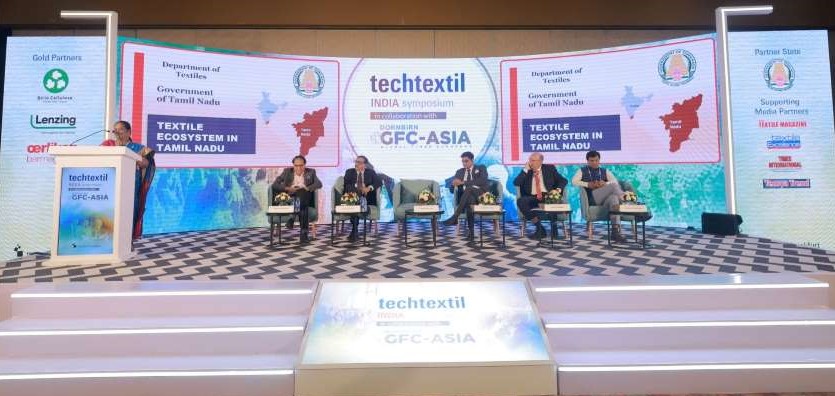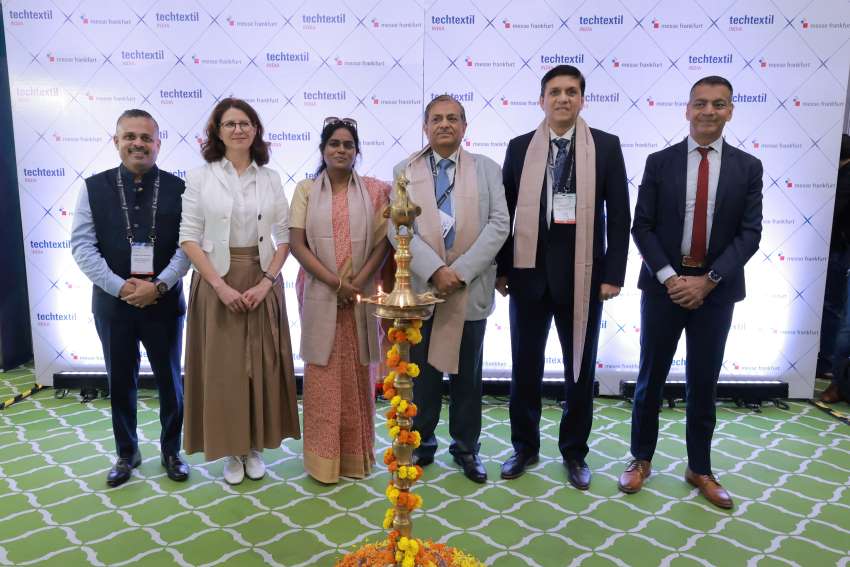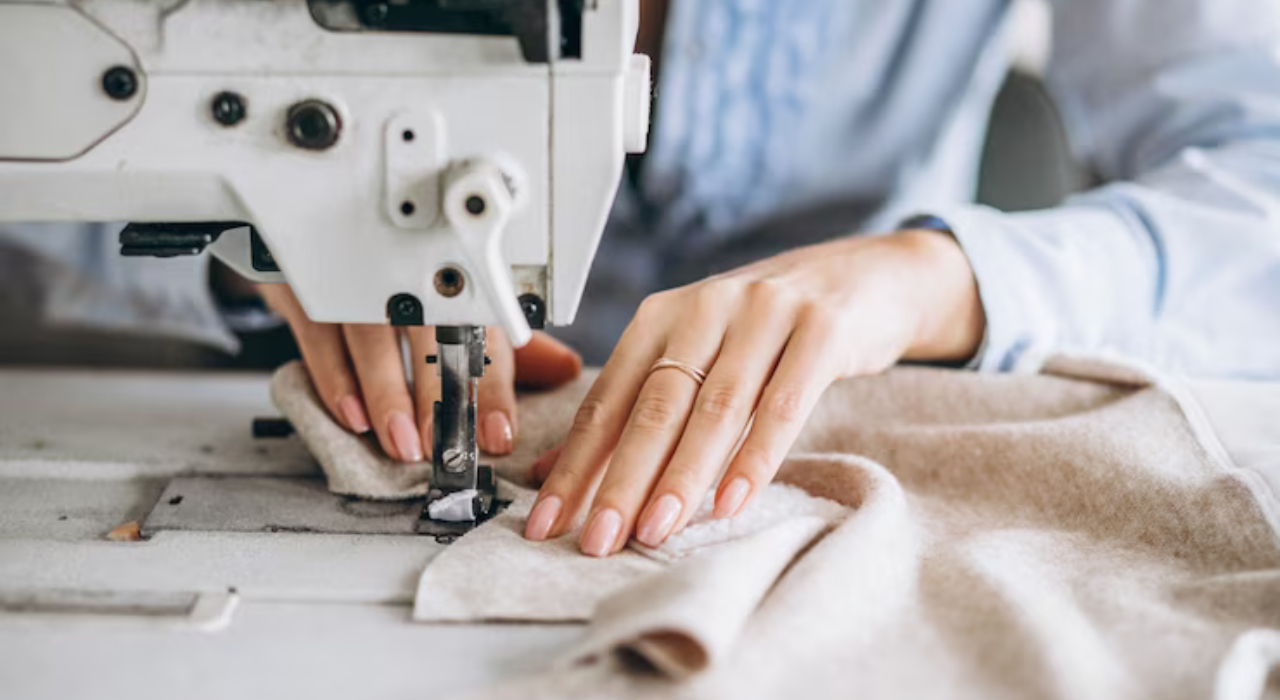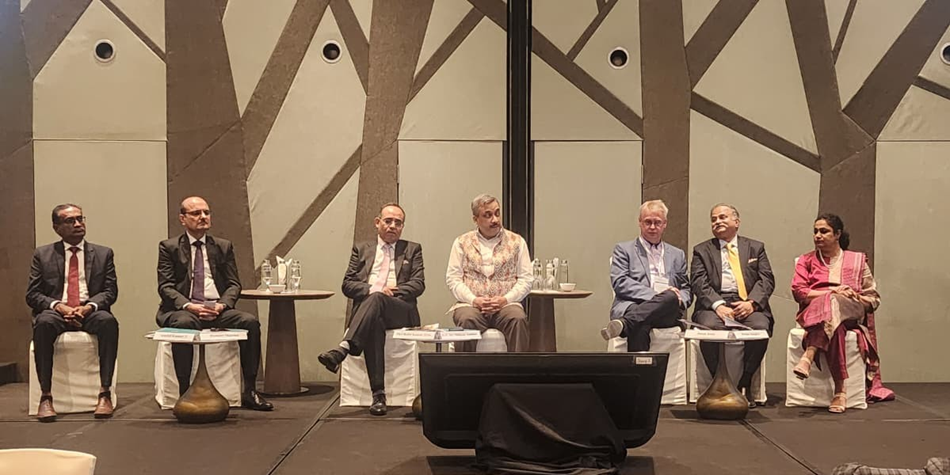FW
Aamir Fayyaz the chairman of the All Pakistan Textile Mills Association (APTMA) has urged the government to resolve issues relating to cotton, liquidity, competitiveness, taxes, zero rating facility and the long term finance facility of the textile industry and enable the industry to undertake investment worth $1 billion per annum. Addressing a press conference recently, he said Pakistan’s exports have nose-dived by $3 billion during the financial year 2015-16. Of this, a drop in textile and clothing exports of $1 billion was noticed. He said the textile and clothing exports of Bangladesh and Vietnam have registered an increase of $2 billion and $4 billion respectively during the same period. He apprehended that the exports in Pakistan would continue declining unless the cost of doing business is lowered by the government.
Fayyaz also demanded liquidation of all the pending refunds of the textile industry to discharge liabilities and process further export orders. He said that the government should also provide DLTL to all exports to mitigate the incidentals of innovative taxes and levies. According to him, the Gas Infrastructure Development Cess on gas and surcharges on the electricity has increased the cost of production and the prevailing odd circumstances demand their withdrawal to revive competitiveness in line with the regional competitors.
Fayyaz lamented the zero rating facility was also not implemented in true letter and spirit. Since this situation will put the industry into a cumbersome state of affairs, therefore the facility should be in accordance with the announcement made by the prime minister. He added that the government should also allocate sufficient funds under the LTFF to propel up the prospective investors to take investment initiatives. He expressed hope that the government would prioritise the textile industry in its policies to produce exportable surplus, double textile exports and create 3 million additional jobs in the country.
India is likely to be the fastest growing emerging economy till at least the end of the current decade. The country is projected to grow at 7.7 per cent between 2016 and 2020, significantly outpacing other emerging economies. China is expected to grow at 6.4 per cent over the period, while other emerging economies like Brazil and Turkey are likely to grow at 2.2 per cent and 3.3 per cent.
Roughly 77 per cent of India’s economic growth between 2012 and 2025 will come from 49 clusters of districts with metropolitan cities at their nucleus. Some Indian cities may reach the size of the current middle-income countries. Mumbai, for example, will become equivalent to Malaysia of today. Delhi's economy will be equal to that of the Philippines. But sustaining this growth is largely predicated on the degree to which rising urbanisation creates non-farm employment for the ever-growing pool of workers.
With China moving up the value chain, India is well-positioned to grab a large share of the low end of manufacturing that the country is vacating. As these jobs require relatively low skills, creation of a labor-intensive manufacturing sector would facilitate the shift away from agriculture. But so far India has failed to take advantage of this. Other countries, notably Bangladesh, Cambodia and Vietnam, have grabbed a lion's share of the manufacturing that is shifting out of China.
Compagnie Mauricienne de Textile (CMT) Ltée recently partnered with BRÜCKNER technology for a one of a kind machine specialised finishing of highly sensitive knitted fabric with an elastane content of up to 15 per cent.The innovative concept is focused on an absolutely low-tension material flow and the shortest possible fabric path in order to reduce residual shrinkage. As a part of the design of this special machine, BRÜCKNER has used the proven and patented split-flow air circulation system that achieves a considerable output increase through aerodynamic optimization with even reduced energy consumption and an air circulation that treats the fabric gently.
True to its forward-thinking core vision, CMT corroborated its commitment to the environment by backing the acquisition of the machine with a BRÜCKNER heat-recovery system. The heat from the exhaust air is used to pre-heat fresh air. This fresh air is admitted to the drying process at several points so that the drying process can take place constantly with the best possible fresh air / exhaust air ratio. In addition, the consumption of thermal energy can be visibly reduced which thus allows a significant reduction in production cost. CMT uses the new finishing line mainly for superior finishing processes with delicate fabrics.
Compagnie Mauricienne de Textile Ltée (CMT) a leading garment manufacturer that specializes in fast-fashion jersey-wear for high-street retailers in Europe and the US. It is headquartered in Mauritius with its design and marketing offices in the UK and France.
The US will continue and increase sourcing from Bangladesh.
US buyers are major customers of products made in Bangladesh. The US in fact is the single largest importer of Bangladeshi made apparel products.
The US now wants to find more and more business opportunities that would help both Bangladesh and US consumers and give them pruce advantages.
The two countries have had discussion on labor rights, the ongoing safety initiatives, their progress, remediation activities and easy access to remediation fund to continue the remaining work.
The BGMEA has already asked its member factories to elect a participation committee and then a safety committee. A workers' database will be fully prepared by October.
The United States is committed to remaining and having a robust business relation with the businesses of Bangladesh as it feels Bangladesh has a good and strong and vibrant economy and a country that should be helped to better resist terrorist activities. But it wants the business community to be given security and protected from terror attacks, which have a horrifying impact on life, property and business. In this regard the US is committed to remaining a partner of Bangladesh and will remain so for fighting terrorism.
Second largest manufacturer and exporter of bed sheets, bed linen and quilts from India, Indo Count is among the top three bed sheet suppliers to the US. The company has turned in another year of high sales growth with its sustainable business model focused on catering to the changing mindset of consumers. In FY 2015-16, it continued its focus on strengthening its presence in higher value added product segments in the bedding products market.
The company has put in place a two-phase expansion plan to cater to the expected strong demand for home textile products. Phase 1 of Rs 175 crores project is towards increasing processing capacity from the current 68 million meters to 90 million meters, setting up a water effluent treatment plant, automation of cut and sew and warehousing. And Phase 2 project of Rs 300 crores is towards upgrading the existing spinning facilities, investments in additional weaving (with specialized looms) and value-added equipment for the delivery of fashion and utility bedding.
Indo Count has revamped and launched a new branding and communication exercise. Complete Comfort is Indo Count’s pledge to its partners and illustrates its commitment to everyone who is touched by its products and operations. The new identity is a reflection of the company’s global operations and aspirations with its modernity and universality of representation.
Indo Count has showrooms and design studios in major markets to have direct access to the consumers’ voice and better understand their needs. The company has also expanded its product portfolio to provide end-to-end solutions. Entry into fashion bedding, utility bedding and institutional linen not only facilitated the company to address a market bigger in size than just sheet sets, but also created an opportunity for it to meet different consumer needs.
During the financial year under review, on a standalone basis, Indo Count achieved revenue of Rs. 2,070.78 crores as against Rs. 1,679.95 crores in the previous year, thereby registering a growth of 23.3 per cent. EBIDTA for the year was Rs. 452.92 crores, representing a growth of 50.3 per cent. Net profit increased from Rs. 139.04 crores to Rs. 250.71 crores, a growth of 80.3 per cent. Consolidated revenue was Rs 2,212.80 crores as against Rs. 1,781.80 crores in the previous year
Tokyo-based Teijin Group’s fiber products converting company, Teijin Frontier has developed new nylon-based materials and related textiles by adapting the company’s well-established polyester production technologies for nylon materials. The newly developed products offer the high functionality of polyester products such as lightweight, moisture management, anti-transparency and softness while retaining the characteristics of nylon fiber produced by Taiwanese nylon manufacturer Chain Yarn Corporation
This new knitted nylon named ‘Deltapeak’ and its related textile fabrics are ideal for outdoor, sports and casual wear. Its advantages include lightweight, softness, anti-transparency, stretch ability, snag resistance and useful bulkiness thanks to its dense, flat-knit surface. It also offers high durability and coloring properties.
‘Waveron’, Teijin Frontier’s new nylon fiber features a unique cross-sectional shape consisting of four flat peaks that enhance anti-transparency, moisture management and quick-drying. In addition, the nylon’s original characteristics offer softness, hygroscopic effectiveness, wear resistance and a cool feel to the touch. WAVERON nylon fiber is suitable for use in yoga wear and compression garments when mixed with urethane fiber, as well as inner wear and surface fabrics for wadding.
Teijin Frontier plans to release these in sportswear and outdoor applications too for its 2017 Spring/Summer collections. Additional applications will be offered for dress, casual wear and industrial materials. The company’s annual sales are expected to rise to 10 million meters by March 2019.
Cinte Techtextil will be held in China from October 12 to 14, 2016. This is a trade fair for technical textiles and nonwovens. Chinese suppliers are getting ready to display a wide range of sourcing options for buyers particularly in the Medtech application area this year. Cinte Techtextil’s products include technology and machinery, woven and knitted fabrics, nonwovens, coated textiles, composites, surface and bonding techniques, fibers and yarns, and more.
Some of this sector’s best producers will be at the fair. Among them is Nanhai Beautiful Nonwoven, which ranks number two in terms of nonwovens production capacity in China. The company was one of the first Chinese companies to produce protective clothing used during the Ebola virus and also provided anti-nuclear radiation suits for staff working in the Fukushima nuclear power plant.
Zhejiang Kingsafe Nonwoven is another top producer of spun bond, spun lace and hot-rolled nonwovens. Its nuclear-proof nonwovens constitute products used by the Chinese army. Other suppliers at this year’s fair include Nbond Nonwovens, which offers spun lace products for the medical, beauty and industrial fields; Tiandingfeng Nonwovens, whose high-strength coarse denier polypropylene spun bond geo textile is a substitute for polyester geo textiles; and Jiangsu Hengli Chemical Fiber, which will exhibit high-tenacity polyester yarn, polyester chips and more.
For the cotton season 2015-16, the Cotton Advisory Board (CAB) has revised the cotton production estimate. It now stands at 338 lakh bales as against its earlier estimates of 352 lakh bales. The reasons for downwards estimates are: Acreage under cotton has decreased by around 7 per cent as against last year due to farmers switching to other crops in Northern and Central regions.; white fly attack in states like Punjab and Haryana and pink boll-worm attack in the Gujarat region; delayed rains in Central and Southern region and deficit rains across all cotton growing areas.
And according to the minister of state for textiles Ajay Tamta various corrective measures have already been taken by the government to prevent reduction in production of cotton. These include the department of Agriculture, Cooperation and Farmers Welfare is implementing cotton development program with a focus on cropping system approach under National Food Security Mission (NFSM) in 15 major cotton growing states like Assam, Andhra Pradesh, Gujarat, Haryana, Karnataka, Madhya Pradesh, Maharashtra, Orissa, Punjab, etc since 2014-15. Under the scheme, emphasis is given for transfer latest technology to cotton growers through Front Line Demonstration (FLD) on Integrated Crop Management (ICM.
The minimum support price (MSP) for medium staple length cotton has been fixed at Rs 3,860 per quintal and for long staple at Rs 4,160 per quintal. The Cotton Corporation of India (CCI) has been entrusted with procurement of cotton from farmers at MSP to protect the interest of farmers.
The 16th International Textile Asia Exhibition is to be held the Lahore Expo Centre from August 27. The three-day mega event is being organised by the Pakistan Readymade Garments Manufacturers and Exporters Association (PRGMEA) in collaboration with Ecommerce Gateway, the fair is termed as Punjab's biggest B2B textile, garment, embroidery and allied service. PRGMEA has been taking steps to boost export of value-added sector by bringing the latest garment technology at the door step and this activity is being conducted to facilitate exporters of Faisalabad, Multan as well as Sialkot.
The event will provide an effective podium for joint ventures and collaborations to the textile sector's SMEs, 80 per cent of which are located in Punjab. Incidentally, this lot doesn’t have the financial capacity to attend any international exhibition. PRGMEA Senior Vice Chairman, Sohail A Sheikh said that the whole chain of local textile sector has also been invited to attend this country's largest textile show. Countries participating include: Austria, China, Czech Republic, France, Germany, India, Italy, Korea etc.
"With Britain breaking away from the European Union – in the now famous Brexit – Pakistan may face serious implications. Britain has had a great importance for Pakistan’s economy, trade and commerce as well as for Pakistani expatriates. In fact, the UK is the third largest home to Pakistani diaspora in the world. So, with the UK moving out of the European Union (EU), Pakistan would suffer, and this is something that needs to be taken care of."

With Britain breaking away from the European Union – in the now famous Brexit – Pakistan may face serious implications. Britain has had a great importance for Pakistan’s economy, trade and commerce as well as for Pakistani expatriates. In fact, the UK is the third largest home to Pakistani diaspora in the world. So, with the UK moving out of the European Union (EU), Pakistan would suffer, and this is something that needs to be taken care of.
Brexit to impact UK-Pak trade
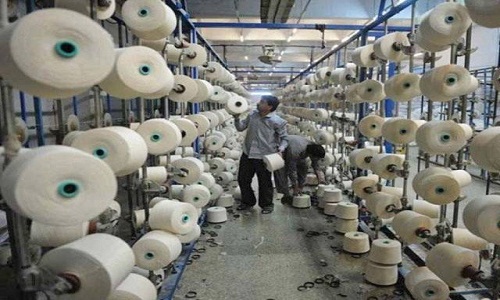
The UK is Pakistan’s largest trading partner. Nearly a quarter of Pakistan’ s exports to EU which include textiles, garments, leather goods, sports goods and food items, land in the UK from where a substantial portion is shipped to the EU. So, if Brexit comes into effect, it will have serious impact on imports for Pakistan at multilateral fora. In fact, some Pakistani experts believe that Pakistan would have to refashion its public diplomacy to woo other EU countries for exploring better economic markets and political opportunities to influence decision making process in the big EU countries. Also, the UK might be keen to improve its trade relationships with the Commonwealth nations. But even here, it would not necessarily be Pakistan that the UK will seek out because India is likely to overshadow Pakistan with its large market size and economic importance. So, Pakistan will need to re work separately its public diplomacy strategy towards Britain and EU.
More importantly, Pakistan’s GSP Plus status could face a few hurdles. For instance, Pakistan would lose its strongest advocate at EU institutions to keep the GSP Plus status intact during periodic reviews. A fresh lobbying effort would be required. Also, once the UK is out of the EU, it would require fresh negotiations for market access once again with all the countries of the world. And it may so happen that Pakistan may not feature high on the UK’s priority list to commit its negotiating resources during the coming years. So, Pakistan has to have a proactive approach and identify the challenges and develop a dynamic response mechanism.

